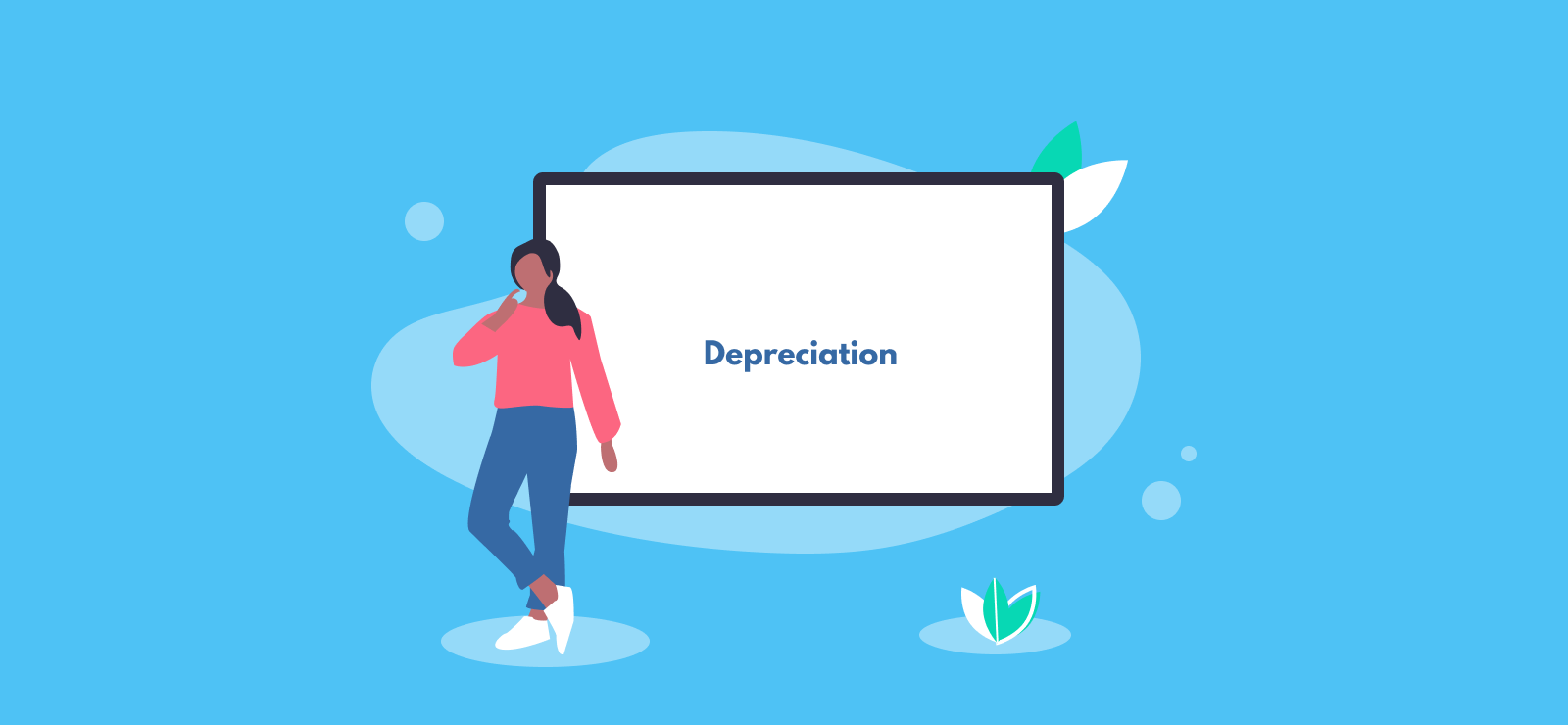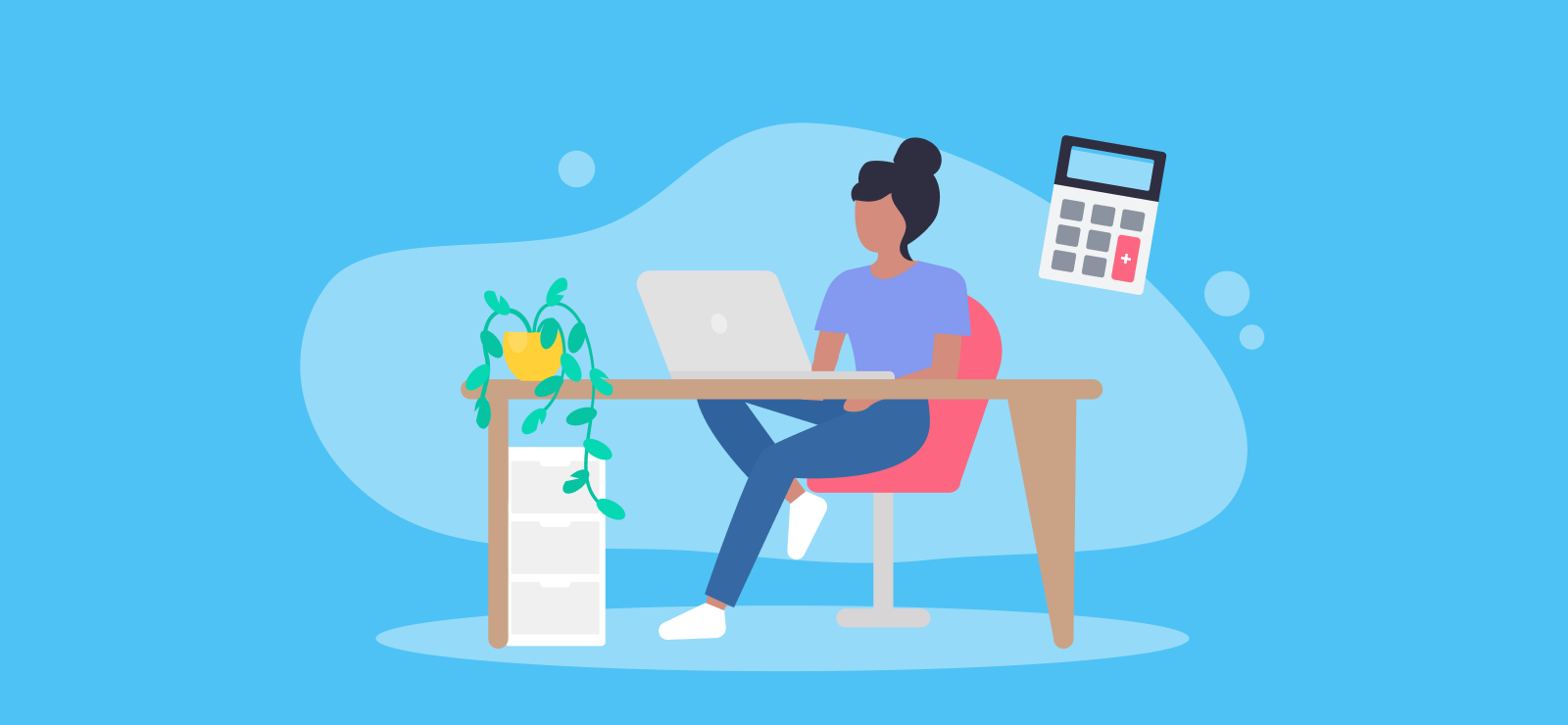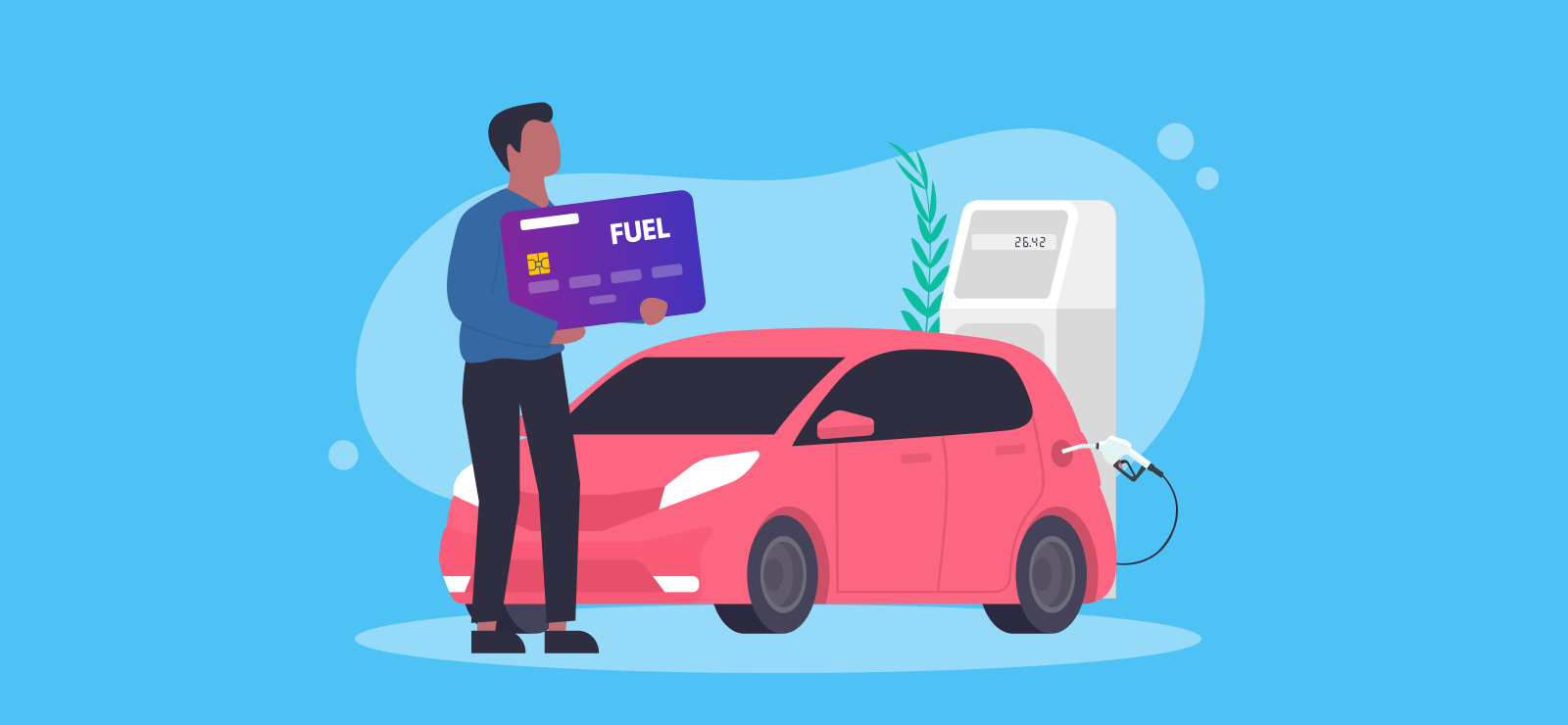

What is Depreciation?
When something ‘depreciates’ it loses value. This is particularly important for businesses because they use this information to allocate the cost of their assets throughout their working life. In general, the longer something is used, the more value it loses. Think of it like a second-hand car going down in price for every mile driven.
But what exactly is depreciation and how is it measured? We’ll take a look at the most frequently asked questions and go into how you can navigate this tricky topic.
Why do businesses use depreciation?
Depreciation is the declining value of a fixed asset throughout its usable life.
For example, if your business bought a new iMac 5 years ago, unlike rare art or fine wine which might become more valuable, its highest value is likely to have been when it was new. With inevitable wear and tear, and new models constantly entering an already saturated market, its value is even more likely to decrease over time.
Tracking this helps a business to claim tax relief, such as Capital Allowances – where you can claim tax relief on long-term assets (commonly referred to as ‘fixed’ or ‘capital’ assets) that have a lifespan of 12 months or more.
In some cases, you can claim tax relief on an asset’s value in the year you buy it and split the costs evenly over its duration in your business – but in other cases, you need to calculate its depreciation and claim tax relief on the asset’s value each year throughout its ‘useable life’.
This doesn’t apply to just computers and laptops; it can be any long-term tangible or physical assets you buy for your business and can claim Capital Allowances on – such as software development, company cars, or machinery.
How do I calculate depreciation on my capital assets?
There are two common ways to calculate depreciation on your capital assets.
- Straight-line depreciation
- Reducing balance depreciation
Straight-line depreciation
Straight-line depreciation involves taking the original cost of your fixed asset and dividing it by the number of years you’ve estimated the asset to be of use. Once you’ve worked that number out, it will then be added as a cost each year on your profit and loss account.
For example
If your business buys a laptop worth £1,000 at the start of the financial year and you believe it will last 4 years, you’ll divide £1,000 by 4, so the asset will depreciate by £250 each year.
Reducing balance depreciation
Reducing balance depreciation is used for the assets that have a higher value in the earlier years of their life – things like laptops, cameras, printers, etc. You’ll expense this at a percentage rate, charging more depreciation at the start, and less toward the end of the asset’s life.
For example:
A company purchases a high-tech camera worth £5,000, and estimates it’ll lose 20% of its value each year. The first step is to multiply the value (£5,000) by the rate it will depreciate each year (20%) which gives £1,000. This means that the value of the asset depreciates by £1,000, so its value in Year 2 is £4,000 (the original value minus the amount it depreciated).
They believe the camera will last 4 years, so their calculations from then on will look like the table below.
| Year | Asset Value | Reducing Balance | Depreciation Asset value x Reducing Balance |
Accumulated Depreciation |
| 1 | £5,000 | 20% | £5,000 x 20% = £1,000 |
£1,000 |
| 2 | £5,000 – £1,000 = £4,000 |
20% | £4,000 x 20% = £800 |
£1,800 |
| 3 | £4,000 – £800 = £3,200 |
20% | £3,200 x 20% = £640 |
£2,440 |
| 4 | £3,200 – £640 = £2,560 |
20% | £2,560 x 20% = £512 |
£2,952 |
If this seems complicated – it’s because it is! If you’re struggling, you can find software that helps you calculate the depreciation of your assets, or ask your accountant.
What is the difference between straight-line and reducing balance depreciation?
The straight-line method expenses the same amount of depreciation each year and doesn’t account for the assets’ higher level of productivity at the beginning of its useful life. It is much easier to calculate though, especially if you’re a freelancer or a small business.
The reducing balance method charges depreciation as a percentage of the fixed assets’ book value. This method is useful if you’re dealing with a particular asset that has higher productivity in its early life.
Both methods have one thing in common, they’re based on time rather than usage. This means the two methods consider the value of the asset will eventually decline.
Why is depreciation important for a business to monitor?
Depreciation is classed as a cost within your business, and that’s because your assets over time will eventually need to be replaced. It’s always good practice to include depreciation in your profit and loss statements and subtract the number from your revenue when you calculate your profit.
If you don’t do this, you may end up overestimating how much profit you’ve made – so it’s always good to keep this in mind!
Where does depreciation go on my income statement?
Your depreciation expenses will be listed with any other normal expenses you have on your income statement (also known as your profit and loss account). If you do find yourself confused about where your depreciation should be, speak to your bookkeeper or accountant for more advice.
Confused? We know how tricky depreciation can be! If you don’t have an accountant yet and need a hand, call us on 020 3355 4047 or get an instant quote online.
Want to learn more?
Subscribe to our newsletter to get accounting tips like this right to your inbox

Read more posts...

April 2025 Client of the Month: Amplify Presentations Ltd
23rd April 2025This month we spoke to Stewart Bewley, Director of Amplify Presentations Ltd! Amplify | LinkedIn Hey Stewart! Tell us about your business I…
Read More
Bookkeeping for Sole Traders
22nd April 2025Becoming a sole trader is exciting, but before you start it’s important to understand what being one actually means, as well as…
Read More
How Do Fuel Cards Work for Businesses?
15th April 2025Whether you operate a business with a fleet of drivers, or you’re a self-employed individual who just wants to streamline their fuel…
Read MoreConfirm Transactions
The number of monthly transactions you have entered based on your turnover seem high. A transaction is one bookkeeping entry such as a sale, purchase, payment or receipt. Are you sure this is correct?
Please contact our sales team if you’re unsure
VAT Returns
It is unlikely you will need this service, unless you are voluntarily registered for VAT.
Are you sure this is correct?
Call us on 020 3355 4047 if you’re not sure.
Bookkeeping
You will receive our bookkeeping software Pandle for free, as part of your package.
You can use this to complete your own bookkeeping, or we can provide a quote to complete your bookkeeping for you.
Please select and option below:
Call us on 020 3355 4047 if you’re not sure.

